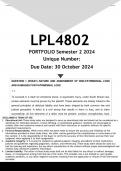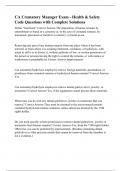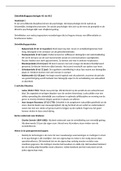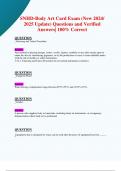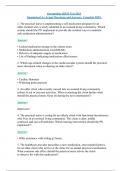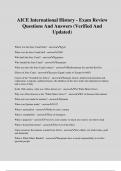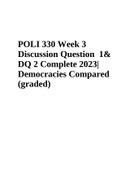Exam (elaborations)
LPL4802 October November PORTFOLIO (ANSWERS) Semester 2 2024 - DISTINCTION GUARANTEED
Well-structured LPL4802 October November PORTFOLIO (ANSWERS) Semester 2 2024 - DISTINCTION GUARANTEED. (DETAILED ANSWERS - DISTINCTION GUARANTEED!)..... QUESTION 1 (ESSAY) NATURE AND ASSESSMENT OF NON-PATRIMONIAL LOSS AND DAMAGES FOR PATRIMONIAL LOSS (4 pages, including rubric) PLEASE NOTE: You...
[Show more]
